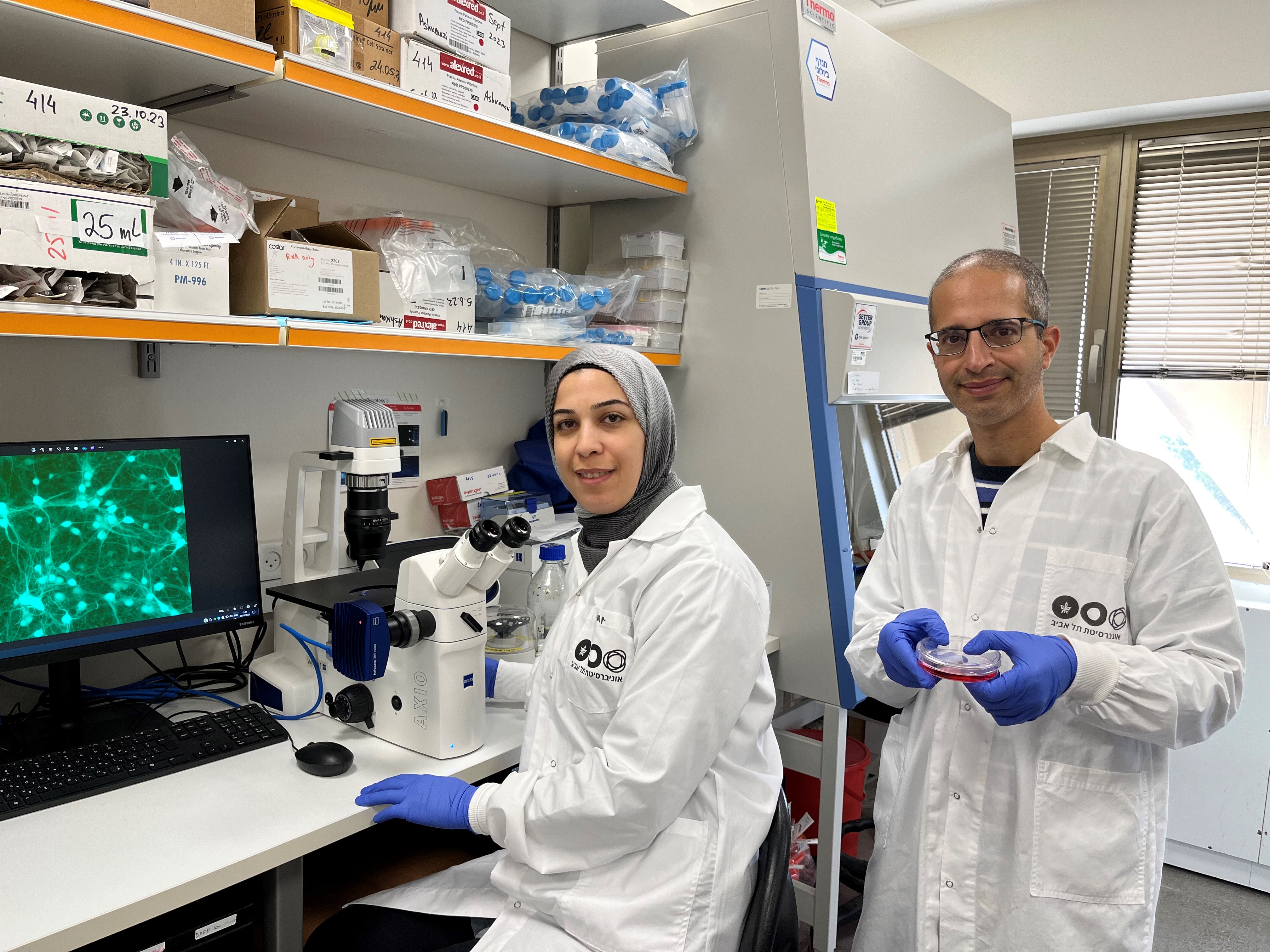- Gartex Texprocess India 2025 opens on a high note with over 200 exhibitors, 600+ brands
- Yareni Beltran Launches New Memoir Illuminates Immigrant Journey and Faith-Fueled Unity
- Greenply Launches First-Ever MDF Campaign ‘Latest Décor Ka Reply’ with NTR Jr. as Brand Ambassador
- Endoacustica Launches SecureCall 5G Encrypted Phone with Military-Grade Security
- Digitide and Abra Benefits Forge Multi-Year Partnership to Modernize Core Benefits Platform
- Infoveave Announces Partnership with CloudRiver to Deliver Scalable Data Intelligence Solutions
- Mega Realty Max Becomes Preferred Channel Partner for Leading Developers in Gurugram
- Softaken Releases Free Tool to Remove Passwords from Excel Spreadsheets
- Green Gold Animation Launches Nationwide Writer Hunt to Build India’s Next Big Kids' Animation IP
- TempGenius Launches Advanced Equipment Temperature Monitoring and Medication Temperature Monitor Solutions to Enhance Safety
- Leap Launches AI-Powered CAS Interview Practice Tool
- Tomlinson Cannon Expands Services with Expert Sump Pump Installation in Davenport
- Samsung TV Plus Onboards ETV Network to Strengthen Regional FAST Channel Line-Up in India
- Sigzen Technologies Rolls Out Scalable ERPNext Modules for Real-Time Insights and Business Agility
- “I Found My Rib” Launches as a Heartfelt Memoir of Faith, Love, and Marital Oneness
 Mail to a Friend Mail to a Friend |
|
     |
Israeli scientists make breakthrough in understanding the cause of a rare condition related to sleep apnea

February 28th, 2024: Ben-Gurion University (BGU) of the Negev's Prof. Gad Vatine and Tel Aviv University's Dr. Avraham Ashkenazi are up-and-coming young principal investigators. Vatine is an expert in studying rare disorders using patient-specific stem cells, and Ashkenazi is an expert in trinucleotide repeat expansion disorders and protein clearance pathways. While they don't work on the same diseases, the Yad Laneshima patient organization thought they could work together to find treatments for CCHS, which causes young children to stop breathing as soon as they fall asleep. This means that if they fall asleep without ventilatory support they will suffocate to death.
Sponsored initially by the Israeli organization Yad Laneshima, and then by the international CCHS Network, Prof. Vatine and Dr. Ashkenazi were intrigued by the challenge and began a collaboration. That collaboration has yielded important new information about the cause of CCHS, which could lead to future treatments.
Their findings were published in the prestigious EMBO Journal.
CCHS is caused by a mutation in the PHOX2B gene, a key transcription factor in the development of the autonomic nervous system (ANS), a system that controls non-voluntary body functions such as breathing, digestion, and heart rate. PHOX2B and eight other nuclear proteins that cause various neural disorders have a poly-alanine tract. In these disorders, a mutation that expands the poly-alanine tract causes the disease.
The women PhD students Fatima Amer-Sarsour from Ashkenazi's lab and Daniel Falik from Vatine's lab identified a poly-alanine that is also present in one of the enzymes of the ubiquitin transfer system. Profs. Aaron Ciechanover and Avram Hershko from Israel with Prof. Irwin Rose were awarded the Nobel Prize in Chemistry in 2004 "for the discovery of ubiquitin-mediated protein degradation". In a healthy condition, this poly-alanine stretch is required for enzyme recognition enabling proper ubiquitin transfer to target proteins, such as those involved in neural development, thereby controlling their degradation. In a disease, such as in CCHS, the Vatine and Ashkenazi research teams discovered that the expansion mutation of the poly-alanine tract in PHOX2B (and in other poly-alanine disease-causing proteins) causes aberrant interaction with the poly-alanine recognizing enzyme of the ubiquitin transfer system. This interaction disrupts the proper ubiquitin transfer to neural proteins, which inhibits the ubiquitous normal functions, leading to cell death and eventually triggering CCHS.
To make this discovery clinically relevant, The Vatine lab at the Regenerative Medicine and Stem Cell (RMSC) research center at BGU used patient-specific stem cells, termed induced pluripotent stem cells (iPSCs). The BGU-stem cell-core is the premier research facility of its kind in Israel, providing research support nationally and internationally. They use a technique called 'reprogramming' that was developed by the Japanese Nobel Prize winner, Shinya Yamanaka. This technique enables easily accessible cells (like blood cells or skin cells), to be "taken back in time" to become identical to embryonic stem cells (ESCs). Unlike ESCs, iPSCs are generated without destroying embryos, and can be generated from any individual. The iPSCs from CCHS patients were then differentiated into PHOX2B-expressing cells of the ANS, which revealed the disease mechanism in the most vulnerable of the patient's nerve cells.
Daniel Falik: "Using personalized, cutting-edge technologies, we have uncovered insights that can pave the way for significant advances in the disease therapeutics."
Fatima Amer-Sarsour: "I am thrilled with the progress we have made in identifying defective pathways in CCHS, as this opens up exciting research avenues to explore the development and function of the ANS."
Prof. Vatine and Dr. Ashkenazi are very excited about the potential of this groundbreaking discovery: "Now that we know what goes wrong in the CCHS patient neurons, we can start developing modalities to fix it with the goal of promoting neuron survival that will allow better quality of life for the patients."
About Ben-Gurion University of the Negev
Ben-Gurion University of the Negev embraces the endless potential we have as individuals and as a commonality to adapt and to thrive in changing environments. Inspired by our location in the desert, we aim to discover, to create, and to develop solutions to dynamic challenges, to pose questions that have yet to be asked, and to push beyond the boundaries of the commonly accepted and possible.
We are proud to be a central force for inclusion, diversity and innovation in Israel, and we strive to extend the Negev's potential and our entrepreneurial spirit throughout the world. For example, the multi-disciplinary School for Sustainability and Climate Change at BGU leverages over 50 years of expertise on living and thriving in the desert into scalable solutions for people everywhere.
Company :-Good Relations India
User :- Uday Singh
Email :-uday.singh@gri.co.in
Mobile:- 9582180149

_thumb.jpg)








